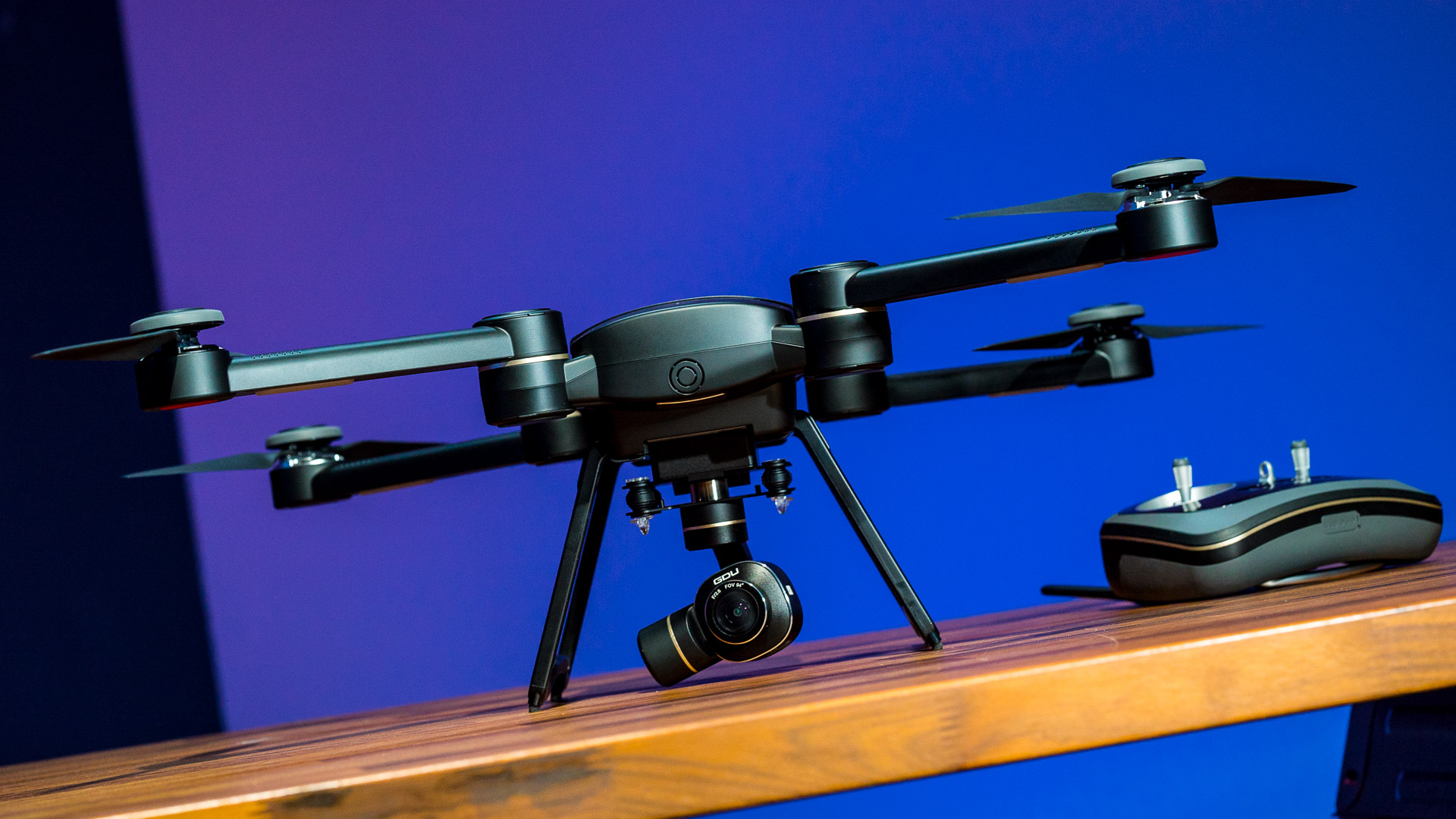

Collapsible drones have been floating around for a little while now, but they haven’t really had major traction until this last year. Since then not only have collapsible drones come pouring out of the woodwork, but they have been getting smaller and packing more features than ever before. One company, GDU, has taken a drastically different approach to the collapsible photography drone market with their Byrd Premium 2.0, and gone bigger. I put their method to the test to see if their unique approach to usability over compact size paid off, or it was a big flop.
Designing a collapsible drone
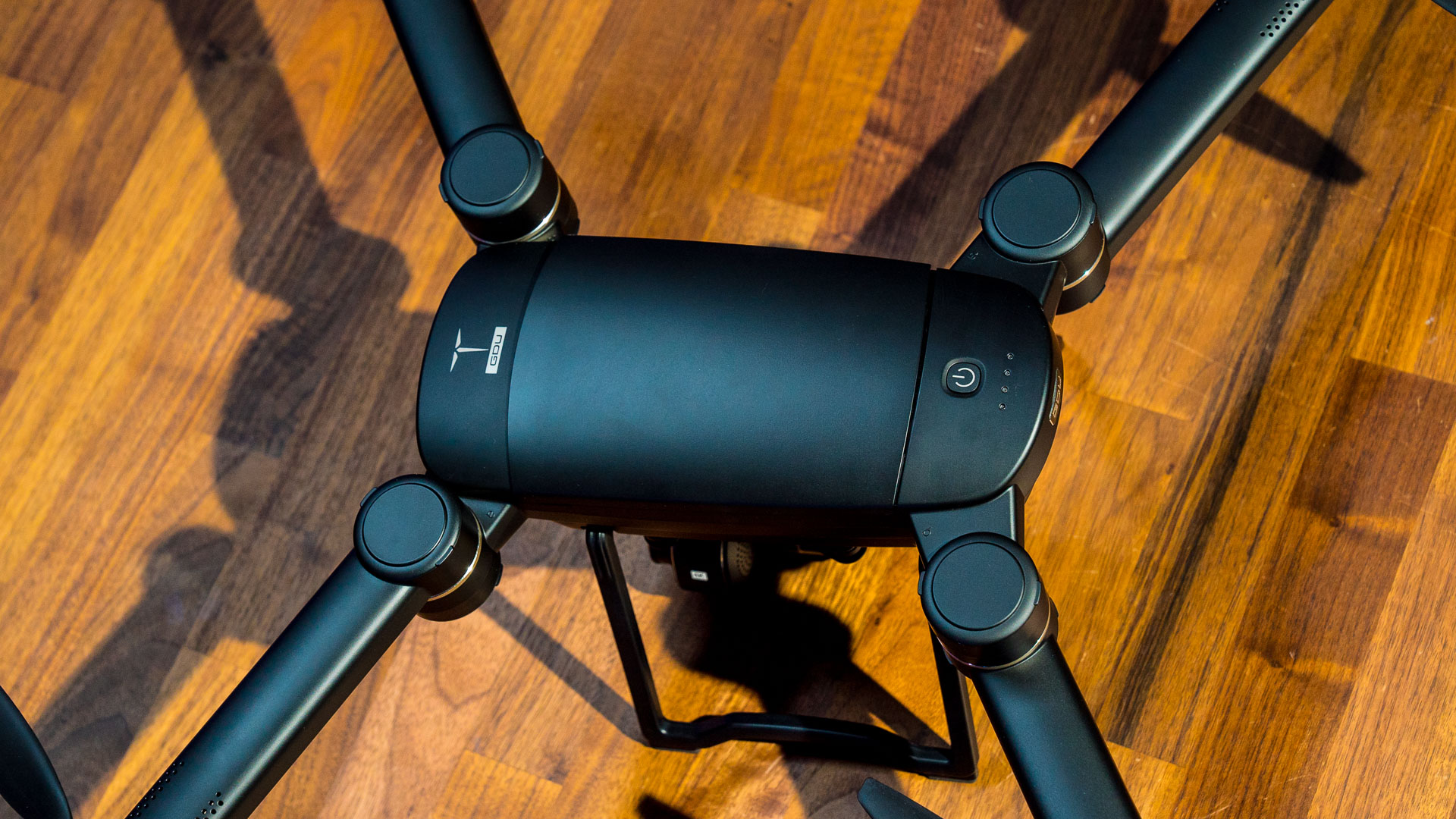
First off, going to a space-saving consumer model drone (whether collapsible or compact) is a natural progression when thinking about the user experience. Most of the drones are marketed as “go anywhere, capture anything” devices, and that claim falls flat on its face if you need to cart a ton of gear around that interferes with your outings. When the GDU Byrd Premium 2.0 is completely folded and the gimbal is removed, it has about the same footprint as an iPad or a sheet of paper (10.5” x 8” x4”).
Now this definitely isn’t a mini quad, and doesn’t really even sound small by today’s standards. But flip out the four booms and you have a gawky bird with a footprint of 18.5” x 20.5” x 8.75” and a diagonal wingspan of 24.5”, measuring 18.5” x 20.5” x 8.75”. Just for reference, that is larger than the professional-level DJI Inspire 2 by .7”, and getting that down to a portable size deserves a tip of the hat.
GDU states their drone is rain, dust, heat, salt water, and cold proof, all of which they claim to test on a unit-by-unit-basis. While I didn’t test the legitimacy of these claims, I would suggest pilots err on the side of caution regardless, and fly in conditions that prevent worry from these elements to be safe.
The loaded weight with battery and props is 4.2 pounds, a whopping third of which is from the battery alone! At first feel, the materials of the actual quadcopter feel kind of cheap. They have a lightweight, hollow plastic feel to the boom construction, which I suppose makes sense considering the sheer wingspan.

The Byrd transmitter is very familiar, with almost everything but the color scheme looking like it came from the same factories DJI produces theirs in. There is a very close resemblance between the two, which is by no means a bad thing. The controller quality is really top-notch, with a solid weight and a rubber inlay that feels very secure in-hand. Actually, the rubber texture adds a nice grip element to the unit that causes me to prefer this over DJI’s Phantom line transmitters.
Byrd’s eye view
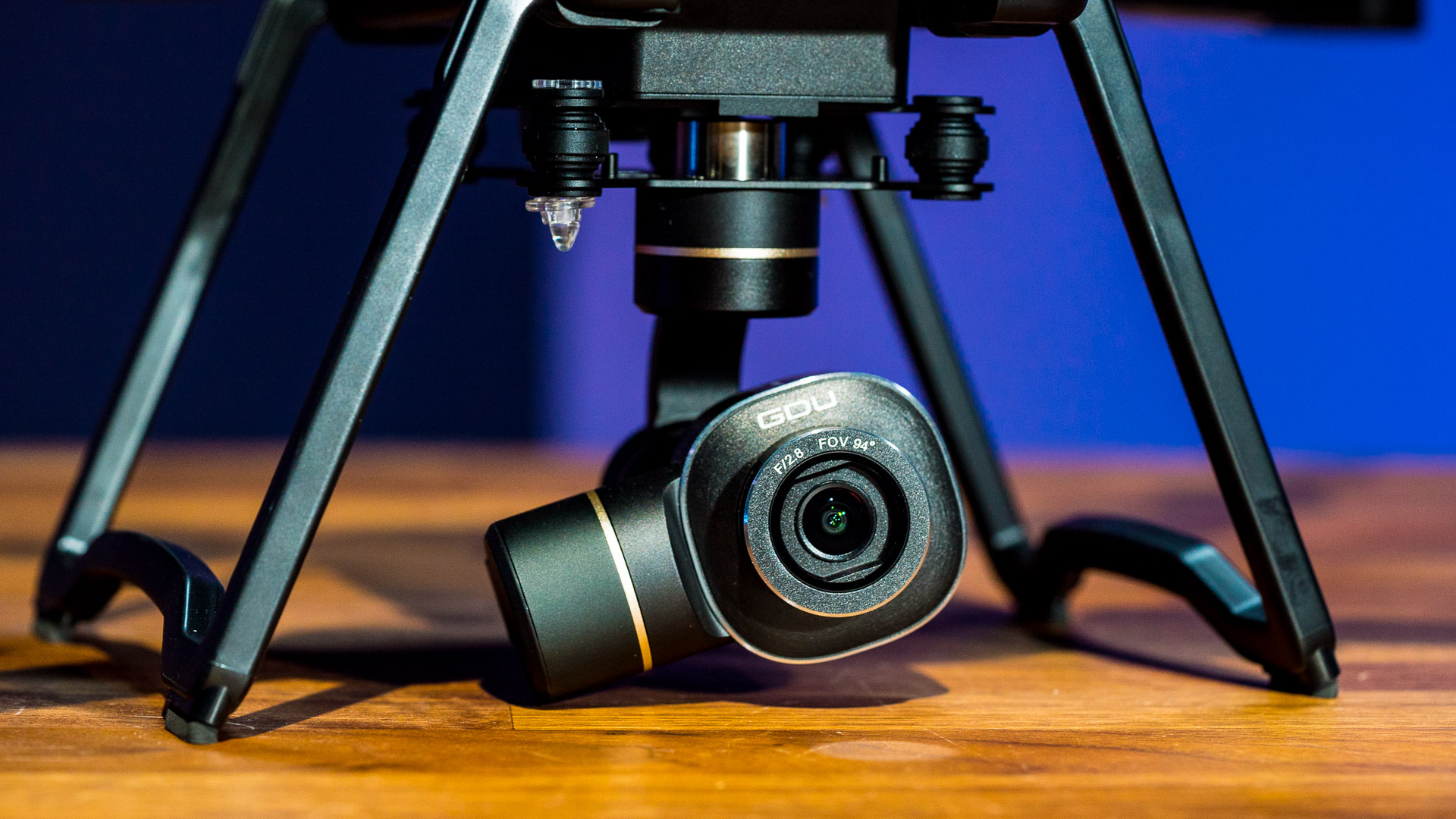
As far as the gimbal goes, GDU went with a modular style for the Byrd Premium 2.0 which makes it capable of accepting other gimbal designs that house an infrared camera, 10x optical zoom camera, a silent frame ILDC, or an extendable gimbal that drops below the landing gear.
Gimbal control with the 4K camera allows for both yaw and pitch input, which is less common than simple pitch control. Most drones don’t have much in the way of yaw control if they have fixed landing gears, since you don’t want to catch them in your footage by mistake.
The materials and construction of the gimbal feel rock-solid, and the overall build quality is very good. The camera is weighty, and the chrome bezel looks slick against the matte black housing. All in all (from a strictly physical perspective), the gimbal and remote feel like they came from a different factory than the drone itself, with a greater emphasis on aesthetics.
Will the real 4K please stand up?
Finally, after sifting through a load of broken promises from brands we have a drone that claims to have 4K video and actually does! I’m not talking about 4K @15fps; this is 30fps that comes through clean without any judder or fragmentation. The feed (as apparent above) is ultra-crisp, bright, and with great detail to see depth and shadows clearly.
There is some minor fish-eye that occurs at the very edges of the video, which is not overly noticeable until a wall or other vertical structure like a building comes into the outer ends of the frame. That being said, the quality of the feed is still quite impressive.
Still photos are 12MP via the F/2.8 aperture, and the camera has a 94° FOV. This is above average when compared with others in the same class, where the Yuneec Typhoon Q500 comes in at the high end with 115°, matching the DJI Phantom 4 at 94°, and surpassing both DJI’s Phantom 4 Pro and Mavic (84.8°, 78.8°).
Flight test
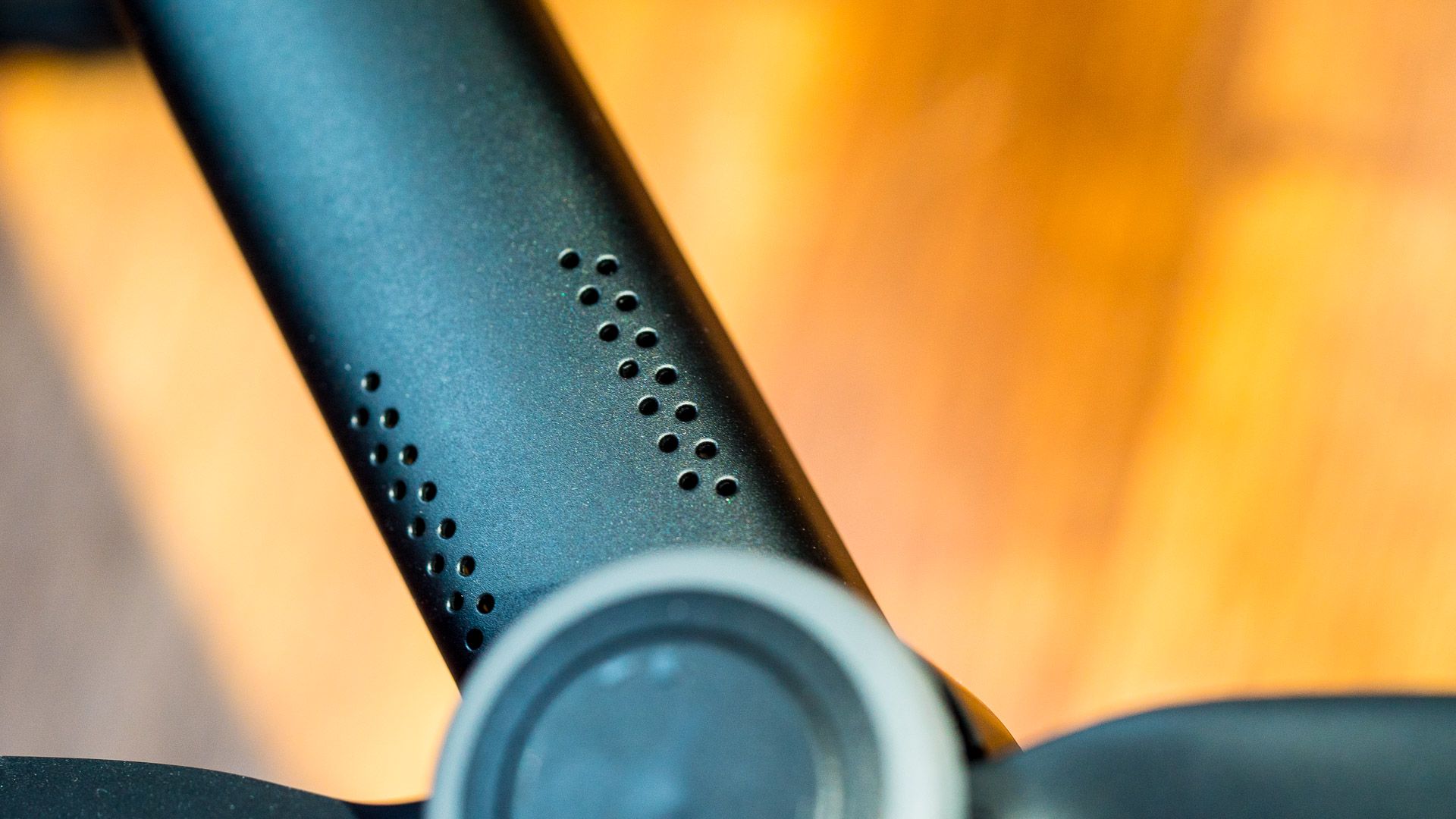
The Byrd Premium 2.0 has an advertised battery life of 29 minutes from the 6700mAh 4S Li-Po battery, and in my flight tests this was pretty accurate. Few drones that I have flown actually live up to their reported flight time in practical situations, and surprisingly enough the Byrd performed admirably.
On one of the flights with moderate (10mph +) breeze, with excessive altitude and speed changes, and rapid maneuvering in all directions I got about 20 minutes of flight time before the drone engaged in its Return-to-Home pattern, however one bar was still left on the battery so I think it could have lasted longer. On the higher end of the spectrum, in a flight with less wind and a more mild piloting style I clocked just above 28 minutes, which is pretty solid in my book.
Handling the Byrd
Despite its rather gawky appearance on the ground, once it takes to the skies the drone is quite speedy, topping out at 33.5mph. The handling is tight, and the Byrd is quite responsive to the controls while also being very stable in the air at a center-stick hover in wind.
While there are no fancy intelligent flight features, the Return-to-Home function worked quite well, only leaving about two feet between the takeoff and return points. Transmission distances maxes out at 1.2miles based on GDU’s claims, however I did not test this. Additionally, the Byrd 2.0 Premium is supposed to have a five pound payload capacity, achieved via the oversized motors and 12” propellers. There is an available attachment that can act as a storage compartment, to drop a payload via app connectivity. In all honesty, I cannot see any practical use for this and more frequently than not it would likely be used for mischief.
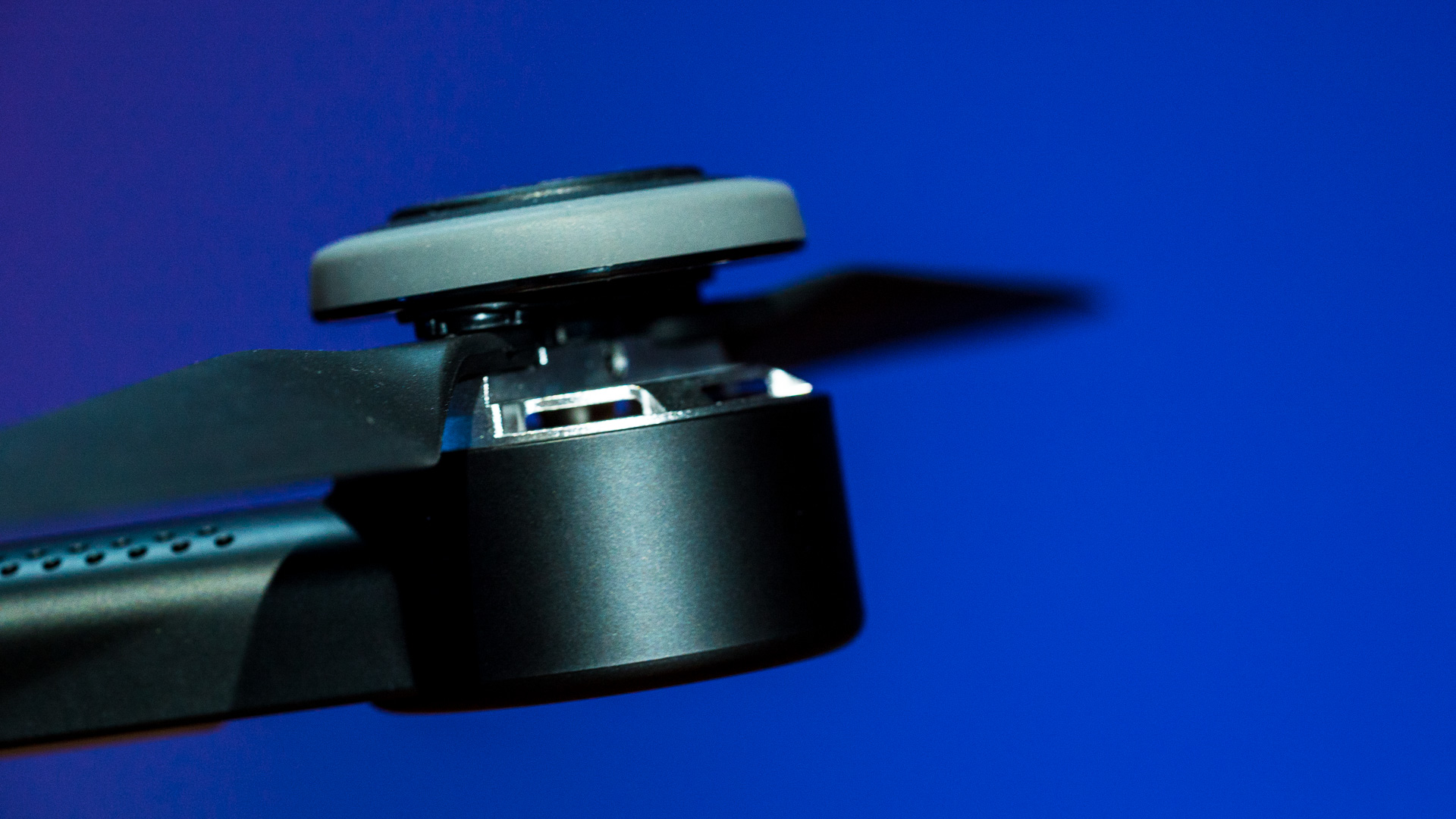
The GDU flying machine has three downward-facing vision positioning sensors; infrared, image, and sonar. While the current iteration of the Byrd doesn’t have obstacle avoidance, there is an area on the front that looks as though it could potentially house a future forward-facing sensor which would allow this capability—but this is purely speculation.
System Developer Kits
Aside from the modularity of the gimbal design, GDU aims to improve their user interaction with the product by having an open source platform for anyone to develop apps, capabilities, or commands with the Byrd platform.
Interestingly enough, the SDK files include decoded control interfaces for video, telemetry, gimbal control, aircraft control command, and a slew of other data points that can be used to develop control based on operational results and complete customization.
Buy GDU Byrd Premium 2.0 – $1,049
GDU Byrd Premium 2.0 evaluation
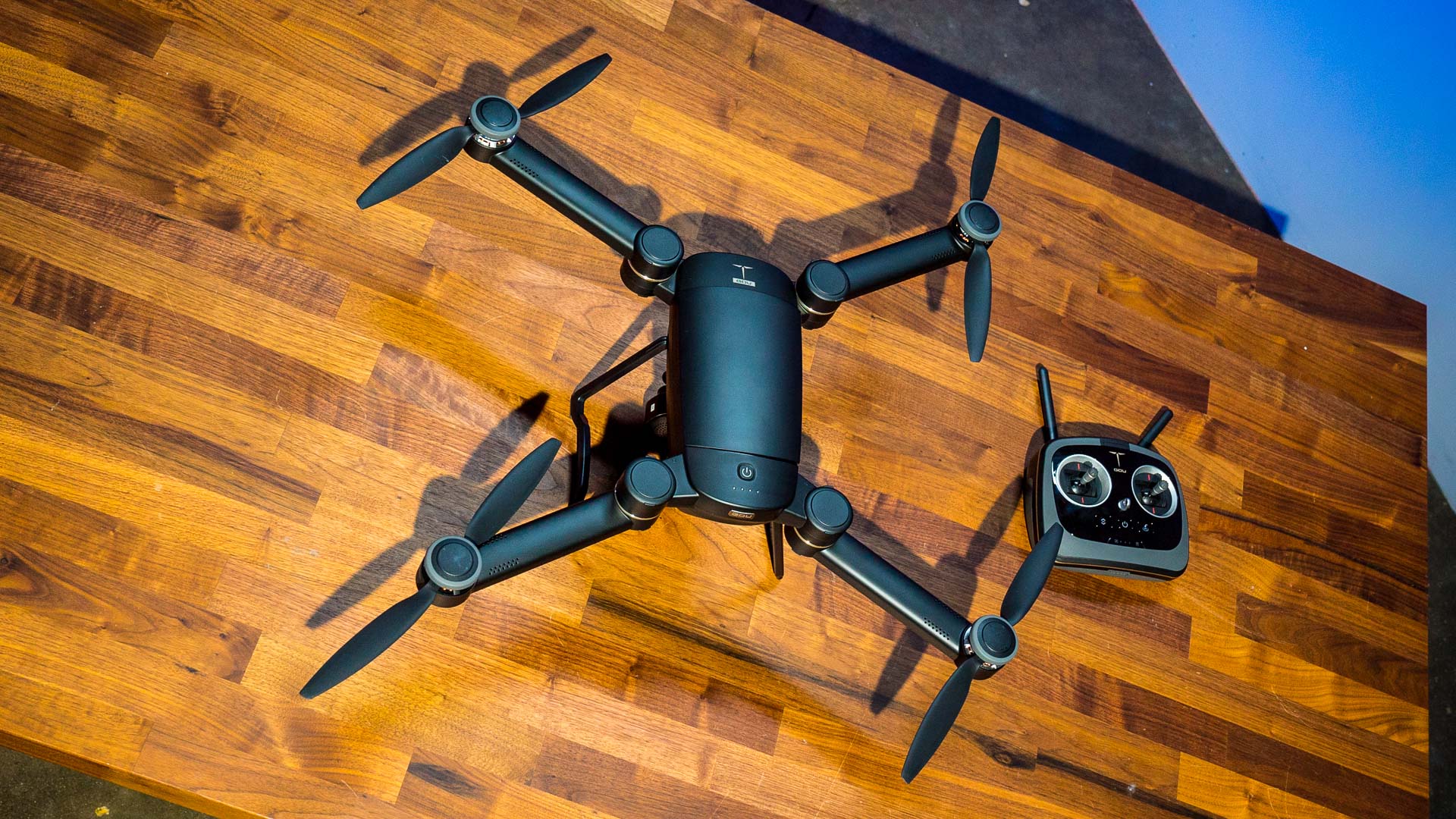
I had some mixed feelings at times with the Byrd, mainly stemming from two areas; the app and the price. Downloading the app from the Google Play Store for Android, I would have expected the latest version to download, however I needed to update to the latest version upon launching it (which took quite a long time)—no big deal.
Upon launching the app and preparing for takeoff, it would not connect to the transmitter via the included USB cable (or via Wi-Fi), so no video feed, satellite connectivity display, or telemetry was available. Uninstalling and reinstalling the app held no resolution.
After contacting GDU I was advised to use the iOS version, which allowed for a video feed to come through but no telemetry or satellite count. While the GPS was clearly working just fine, not having confirmation of this or telemetry is unsafe for flight outside of a controlled environment, and kind of disappointing. This could have been a buggy unit that I got, just by the luck of the draw.
Despite this, the handling was stellar, and the ability of the Byrd to hold its position in 10mph winds without rocking or adjusting altitude was on point. The controls during flight were response, and the return to home function worked like a charm again and again with great accuracy. The flight time and power are great, which GDU obtained by having good weight distribution, over-sized motors and props, with a large battery to boot.
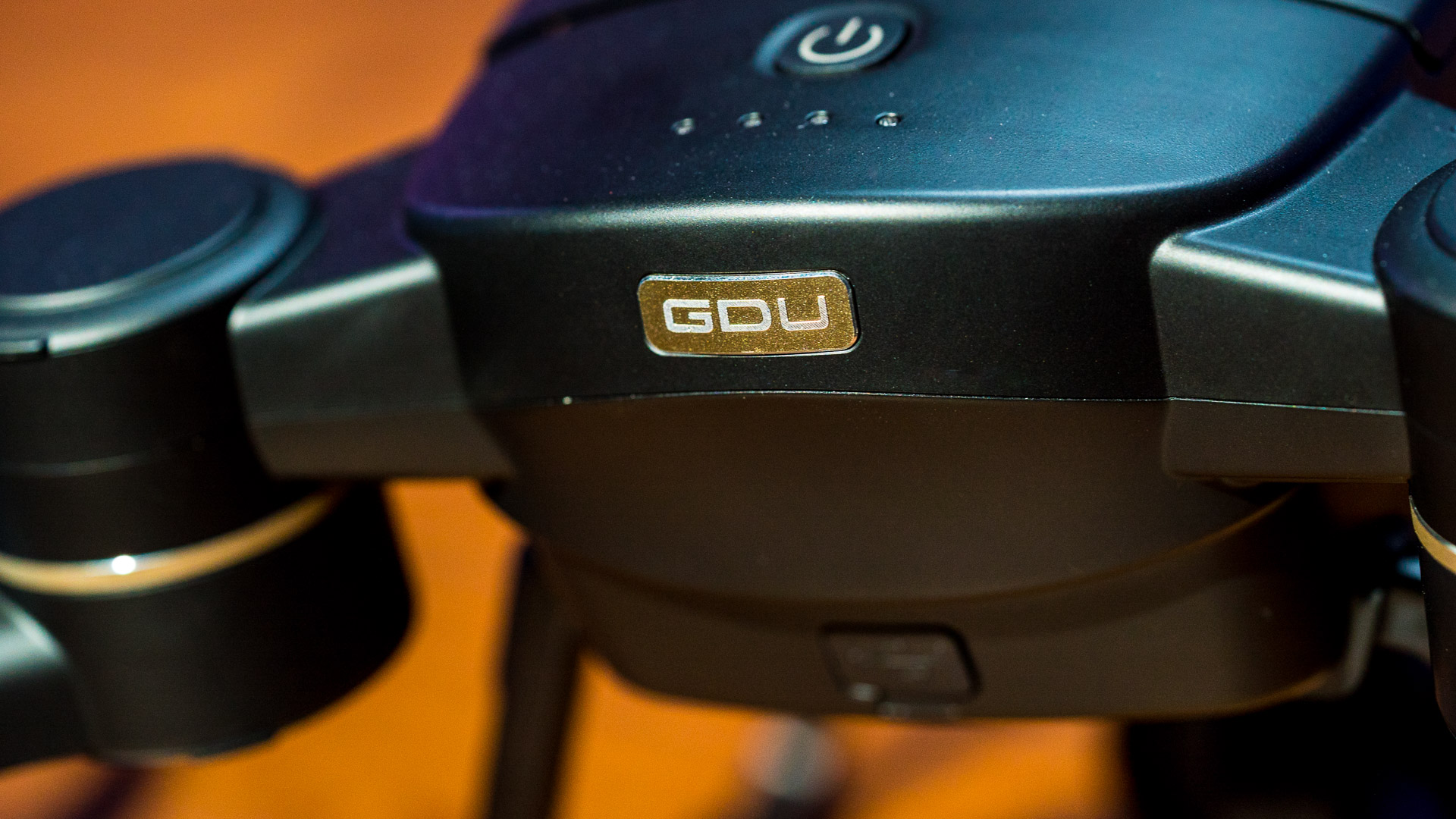
The second aspect I grapple with about the Byrd Premium 2.0 is the price. At $1,049 this drone is up there at the higher end of the consumer drone spectrum, just a hair above the Mavic. While definitely not chump change, there are more expensive drones it is getting dangerously close to in price that have more features (see Phantom 4 Pro, Yuneec Typhoon H with Intel® RealSense™).
What I find confusing is the positioning that GDU is going for here. It’s a foldable drone, but not as small as the Mavic (by far). The control is rock-solid, and something I feel safe flying, but getting the app to fully function was unattainable for me. It’s a wonderful camera—even by itself—with options for upgrading the gimbal, but each of those is tacking on $169-$1,000 to the price tag. The Return-to-Home is laser accurate, but there are no other intelligent flight modes.
GDU has surprised me with how on-point they have made this iteration of the Byrd Premium 2.0 drone, and a year or so ago this would have taken the cake as a truly top-of-its-class model. The landscape has shifted drastically however, and things have rapidly improved upon where they were a short time ago.
I do have to hand it to GDU though; their Byrd Premium 2.0 is a very unique drone. While most other brands are trying to go smaller and more compact, they go broad and powerful. The weight distribution and strength of the drone are both impressive, and the handling is top-notch. If someone is looking for a legitimate contender as an alternative in the serious photography drone spectrum, the GDU Byrd Premium 2.0 is a solid platform for photography enthusiasts looking for true quality.
Featured in this article:
GDU Byrd Premium 2.0 drone – $1,049

